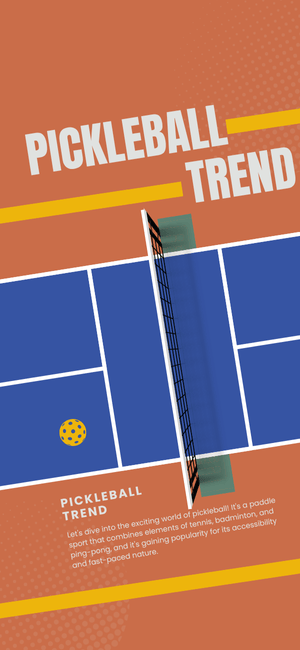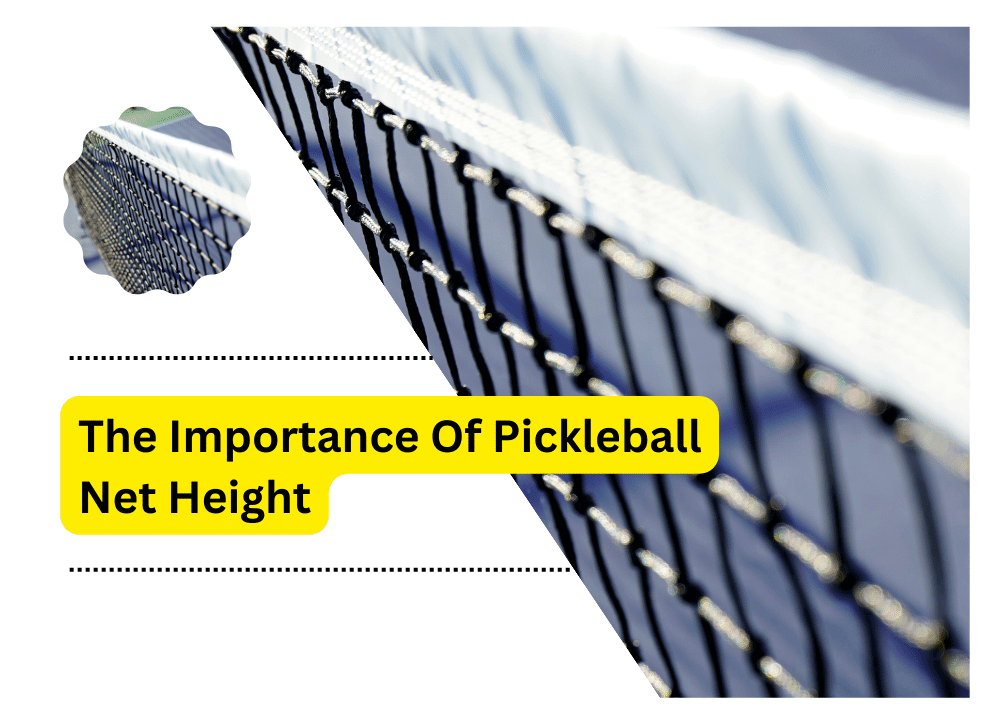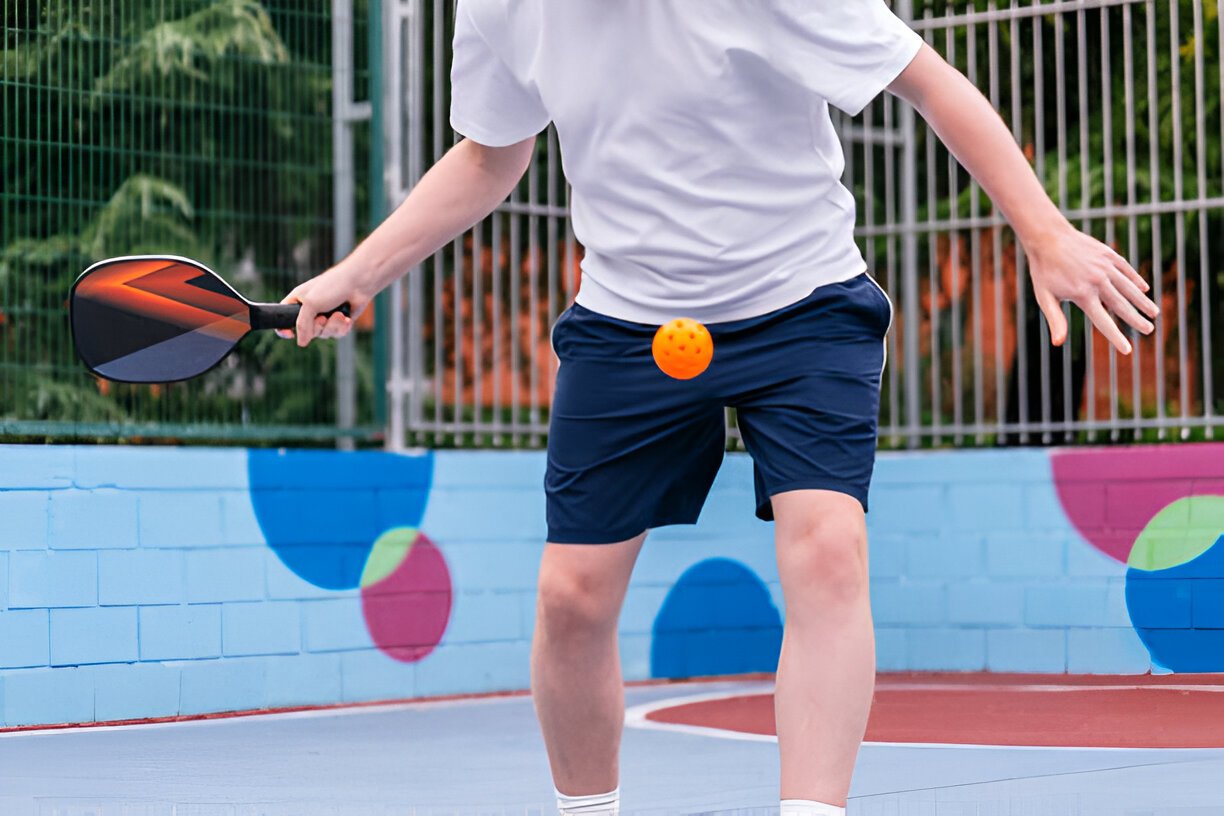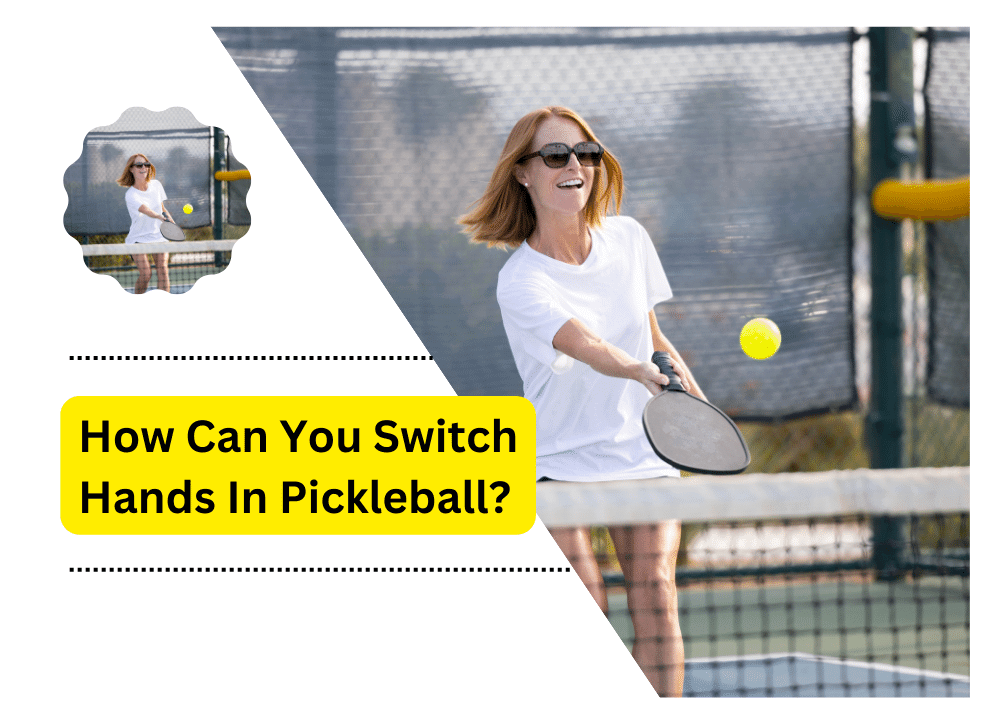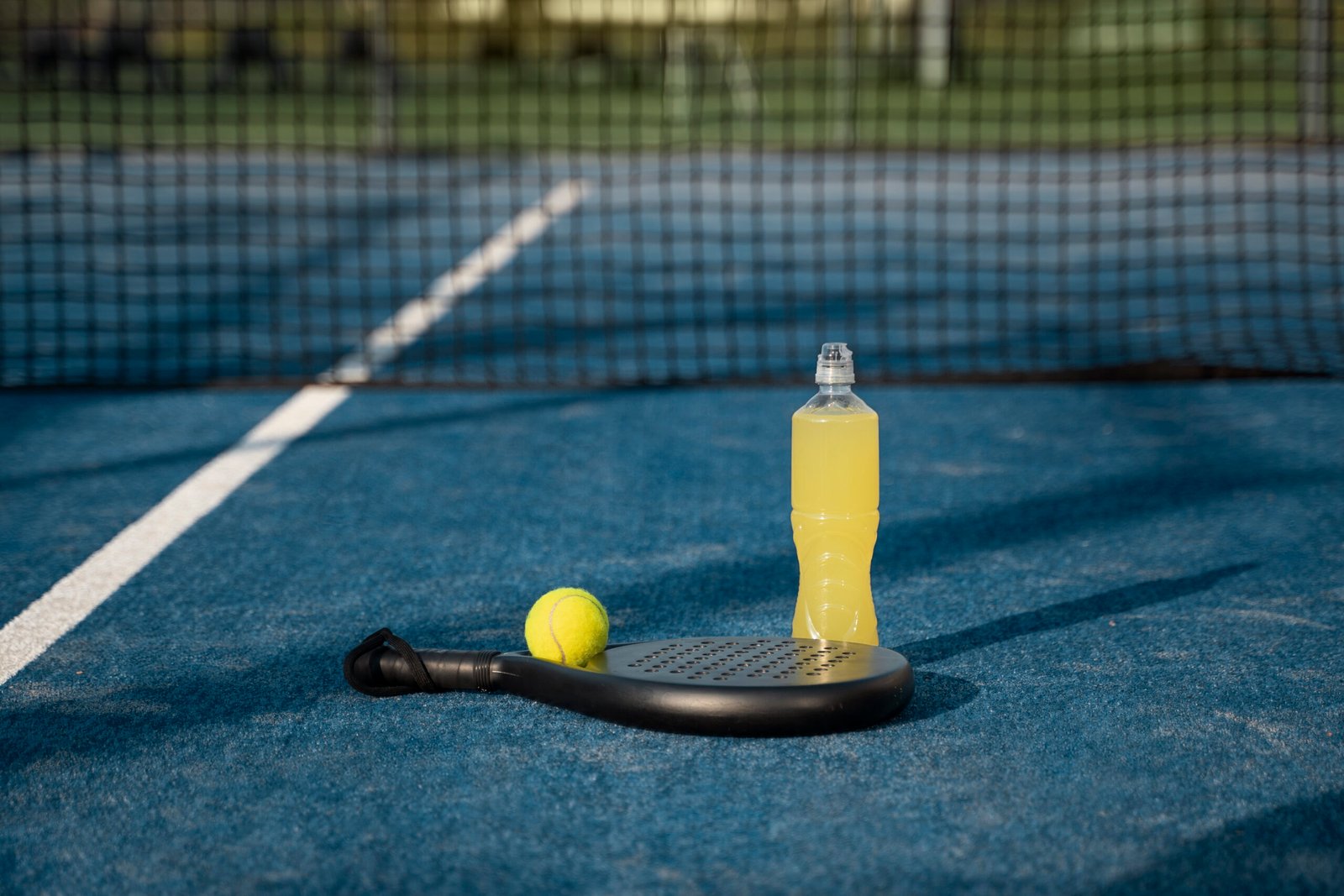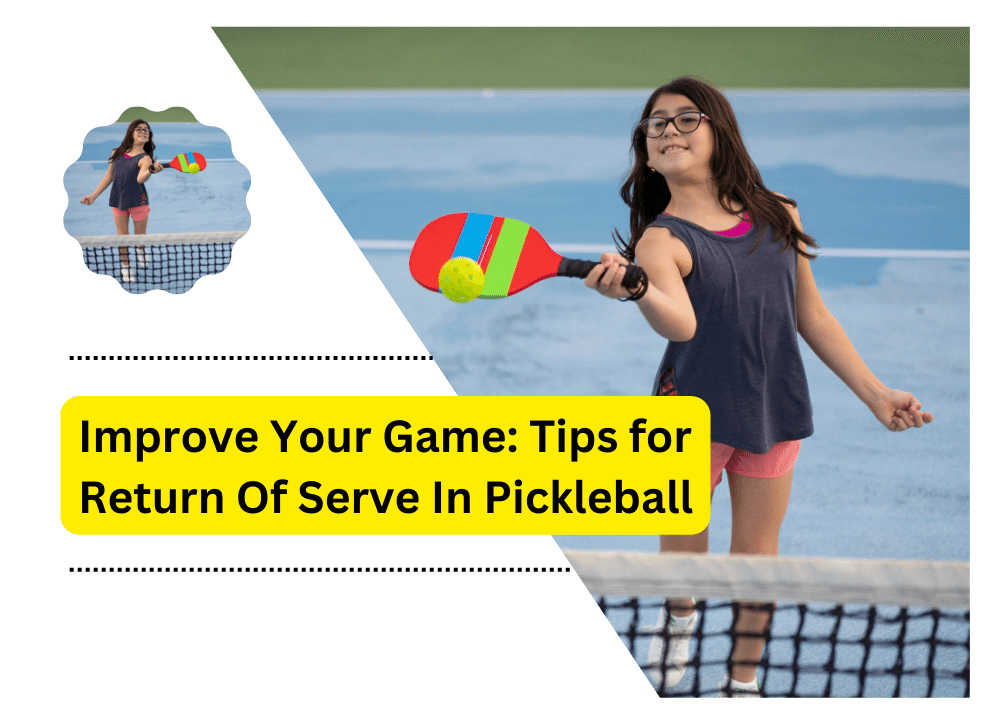
If you want to succeed on the pickleball court, mastering the return of serve is necessary. A good return lets you control the point from the start. It puts pressure on your opponent and positions you for an offensive attack. Let’s look at some tips for return of serve in pickleball.
Practice Your Reception and Footwork
The first element of a successful return of service is your ability to receive and move. The receiver must get into position in pickleball to make a good return. As such, honing your reception skills and footwork in practice will pay off when it comes time for a competitive match.
Focus on moving your feet as you receive the serve and practice getting into position to hit the return. As you do this, ensure you are careful where you place your feet. Keeping them in proper alignment will help ensure that your shot has the greatest power.
Take Note of Spin Types
A key factor in any successful return is understanding spin. Different spin types need different techniques, so identifying them is critical. The most common spins in pickleball are the no-spin, topspin, and side-spin.
No-spin serves have a flat trajectory as they cross the court and need no change from the receiver when returning them. Top spins make the ball dip and need an aggressive stroke to keep the ball low. Side spins make the ball travel sideways. Considering both spin and trajectory, it necessitates a more precise shot from the receiver.
Visualize Your Shots Ahead of Time
It can be easy to get flustered when making your return, especially when faced with a tricky serve. One way to keep yourself composed and in control is to visualize your shots ahead of time. In other words, expect the ball’s trajectory before the serve and plan your stroke choice when it approaches you.
This visualization technique and tips for return of serve in pickleball can help you stay focused and ready for anything that may come your way. Furthermore, by visualizing the shot before the serve, you can make quicker decisions about which return stroke to use. It can make you more effective in your returns.
Improve Your Aim
You must place the ball where your opponent cannot reach it to make a successful return. It requires good aim and accuracy with your shots. If you miss too often, it’s time to practice your aim.
One way to do this is by playing “target games” in practice. Have a partner stand at the opposite side of the court and feed you balls that you must return to specific locations on their side. It will help you develop better aim and accuracy with your returns. It will also give you an understanding of how trajectory affects the ball’s flight.
Setting Your Sightlines
How you line up your body about the court and the server affects your ability to return serve. Good sightlines are essential to identify where the ball is coming from and how it travels. Try standing a few feet behind the baseline with your non-dominant foot ahead. It will give you the best view of the court and help you spot any spin or other movement on the ball.
Making Contact
When making contact with the ball, focusing on hitting it at an upward angle as much as possible is essential. Hitting the ball into the net means losing control of the point. So, you want to be sure that your stroke drives it towards your opponent’s court. You can practice hitting the ball in an upward direction by focusing on making contact with the lower part of the ball. It will give it a higher arc and more backspin, which can help keep you in control of the point.
Putting Spin on the Ball
Adding spin to your return of serve is another great way to gain an edge in competition. Different types of spin can be used depending on the situation. But the top spin is one of the most effective when controlling the ball. To add topspin, focus on brushing up against the upper part of the ball as you make contact. This will cause it to spin forward and give you more control over its direction and pace.
Placement is Key
It’s important to remember that placement is key when returning a serve in pickleball. Since the court size is much smaller than regular tennis, placing the ball in specific areas can make or break your chance of winning a point. If your opponent stands close to the net, try hitting your return towards their feet so they won’t have time to react. But if they are further back, you can aim for a spot on the court closer to them and force them into a challenging situation.
With these tips for return of serve in pickleball you can improve your return of serve and take control of the point from the very start. With enough practice, you’ll be ready to take any opponent head-on in a pickleball competition!
FAQs
Q: Is the return the most crucial shot in pickleball?
A: The return of serve is essential to any successful pickleball game. It gives you control of the point from the start. As such, honing your return skills and developing good technique is key to giving yourself an advantage in competition.
Q: What’s the best way to practice returning a serve?
A: The best way to practice your return of serve is by focusing on reception and footwork drills.
Q: How can I improve my aim when returning a serve?
A: Improving your aim when returning a serve is all about practice and repetition. Playing “target games” with a partner can help you improve accuracy. It can also give you an understanding of how trajectory affects the ball’s flight.
Q: What’s the best way to add spin to my returns?
A: Adding spin to your returns requires practice and precision. To add topspin, focus on brushing up against the upper part of the ball as you make contact. This will cause it to spin forward and give you more control over its direction and pace.
Conclusion
Returning a serve might seem intimidating initially. But with some practice and tips for return of serve in pickleball, you can master this vital skill. To have a successful return, you must visualize the shot before you serve it. Making contact and putting a spin on the ball is also crucial for success. Remember to focus on placement when returning a serve to give yourself an edge in competition. With these tips and enough practice, you can become a master at returning serves!

